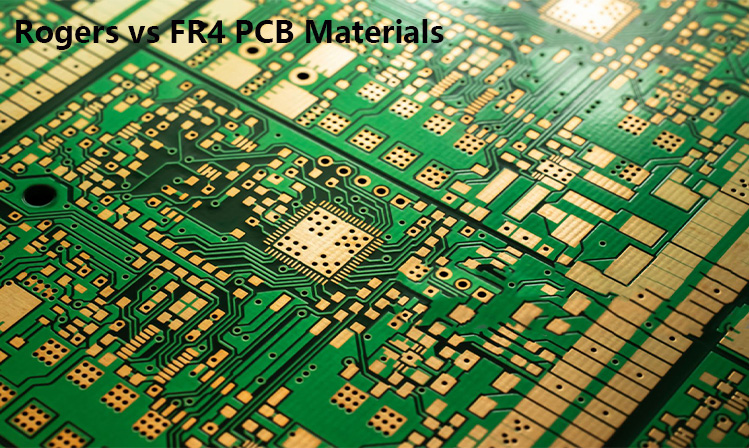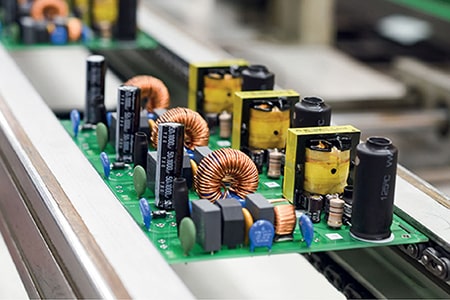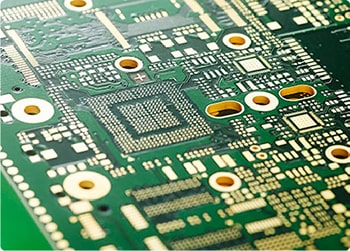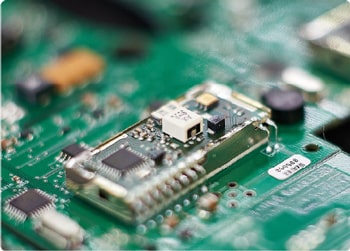Rogers vs FR4 PCB Materials: Key Differences and How to Choose for Your High-Frequency Applications
IntroductionIn high-frequency PCB design (5G, radar, RF, etc.), your material choice directly impacts signal integrity, thermal management, and overall performance. As a trusted PCB supplier for European and American markets,, we break down the Rogers vs. FR4 debate to help you make cost-effective decisions.
1. Core Differences at a Glance
| Property | Rogers Materials (e.g., RO4000 series) | Standard FR4 |
|---|
| Dielectric Constant (Dk) | 2.55-10.2 (Stablize across frequencies) | 4.3-4.8 (Variation with frequency) |
| Loss Tangent (Df) | 0.001-0.004 (Ultra-low loss) | 0.02+ (Higher loss) |
| Thermal Conductivity | 0.6-1.3 W/mK | 0.3 W/mK |
| Moisture Absorption | <0.1% | ~0.2% |

| |
|
2. When to Choose Rogers Materials?✅ Critical High-Freq pcb Applications:
Millimeter wave/5G base stations: Stable Dk ensures consistent impedance in 24GHz+ designs.
Aerospace radar: Low loss tangent minimizes signal attenuation over long traces.
High-speed digital(>10Gbps): Reduced dielectric loss improves eye diagrams.
Examples: Our client’s 77GHz automotive radar saw 15% better signal clarity after switching to RO4835.
3. When FR4 is a Viable Option?
✅ Cost-Sensitive or Lower-Frequency Projects:
IoT devices (sub-6GHz) with short trace lengths.
Consumer electronics where price > absolute performance.
Prototyping phases before final material commitment.
Pro Tip: Hybrid designs (Rogers for RF layers + FR4 for others) can balance cost/performance.
4. Key Selection Criteria
Ask these questions:
🔹 Frequency Range: >10GHz? Rogers is likely mandatory.
🔹 Budget: Does ROI justify Rogers’ 3-5x cost premium?
🔹 Thermal Needs: High-power designs benefit from Rogers’ thermal conductivity.
5. Why Partner With Us?
European and American Compliance Expertise: All Rogers materials we use meet UL/REACH standards.
Hybrid PCB Experience: 200+ projects combining Rogers/FR4 layers.
Rapid prototyping support: 48-hour turnaround for high-frequency prototypes.
Free consultation: [Contact our engineers] to analyze your design’s material needs.
Conclusion
While FR4 suffices for many applications, Rogers materials unlock next-gen performance in critical high-frequency scenarios. The "right" choice depends on Your specific frequency band, budget and performance requirements——we’re here to help you optimize the trade-offs.







